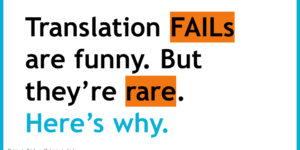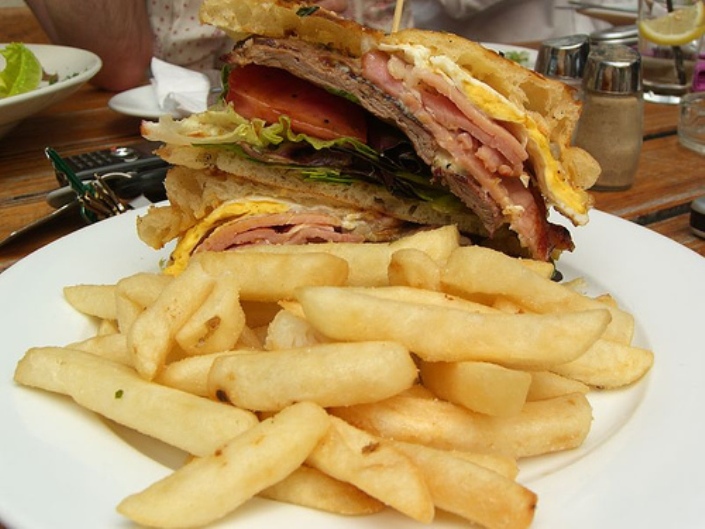 Scheduling meetings across time zones is difficult. Be honest — how many times has someone in a different time zone been waiting for a call from you, patiently at first, and then more and more annoyed? The reason why you didn’t call was not that you are a mean person but simply that you got your time zones mixed up. While your friend in New York was waiting for your call to come in at 9 am Eastern Time, you were having lunch in London, preparing for a call that you weren’t going to make for another seven hours. By that time, the (friend)shit had hit the fan.
Scheduling meetings across time zones is difficult. Be honest — how many times has someone in a different time zone been waiting for a call from you, patiently at first, and then more and more annoyed? The reason why you didn’t call was not that you are a mean person but simply that you got your time zones mixed up. While your friend in New York was waiting for your call to come in at 9 am Eastern Time, you were having lunch in London, preparing for a call that you weren’t going to make for another seven hours. By that time, the (friend)shit had hit the fan.
An unpleasant thing to happen, but eventually the two of you will work it out. And next time you’ll know better. But if the person on the other side had been your boss or a potential business partner, the damage would have been felt in your bank account.
There are of course many ways to deal with this issue, all of which involve making things explicit. Let me suggest a simple solution. It is based on the way we already clarify whether we talk about an event in the morning or one in the afternoon. We use “am” and “pm” as markers.
My suggestion is to add “mt” and “yt” as additional markers: “my time” and “your time”. This is more personal than specifying time zones (9 am GMT, for example) and requires you to know which time zone your opposite number is in. But chances are, you know this. “mt” and “yt” are simple, personal, and clear. It’s been working for me for a while, and some of the readers of my book Larkin Terminal have adopted this practice. Next time you plan an event across time zones, think about it … and then enjoy your meeting!
Btw: this post was written at 3.44 pm mt.
- Photo by Jonathan Worth.







